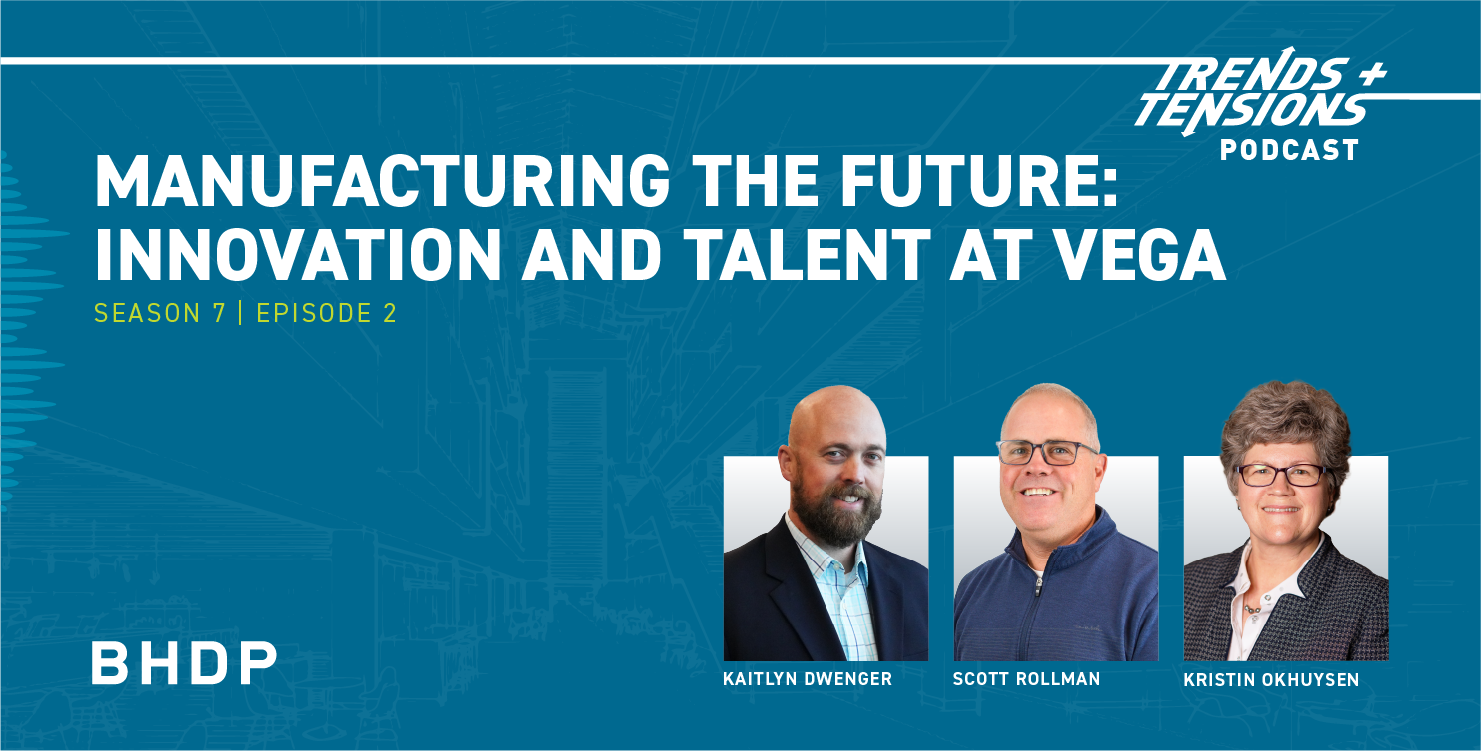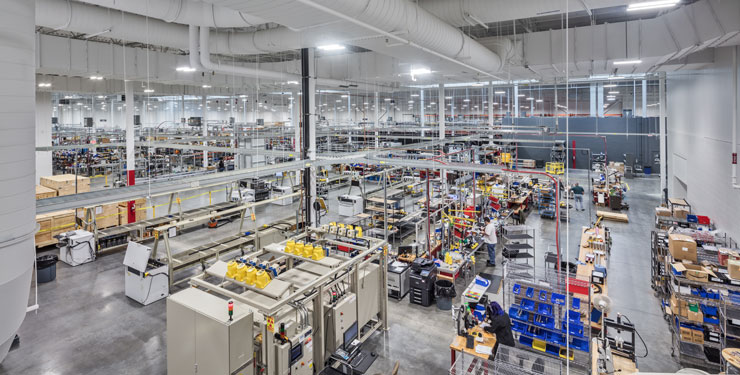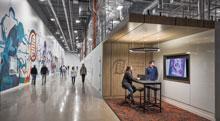
Adapting for Tomorrow: Resilience and Leadership in the Manufacturing and Industrial Sector
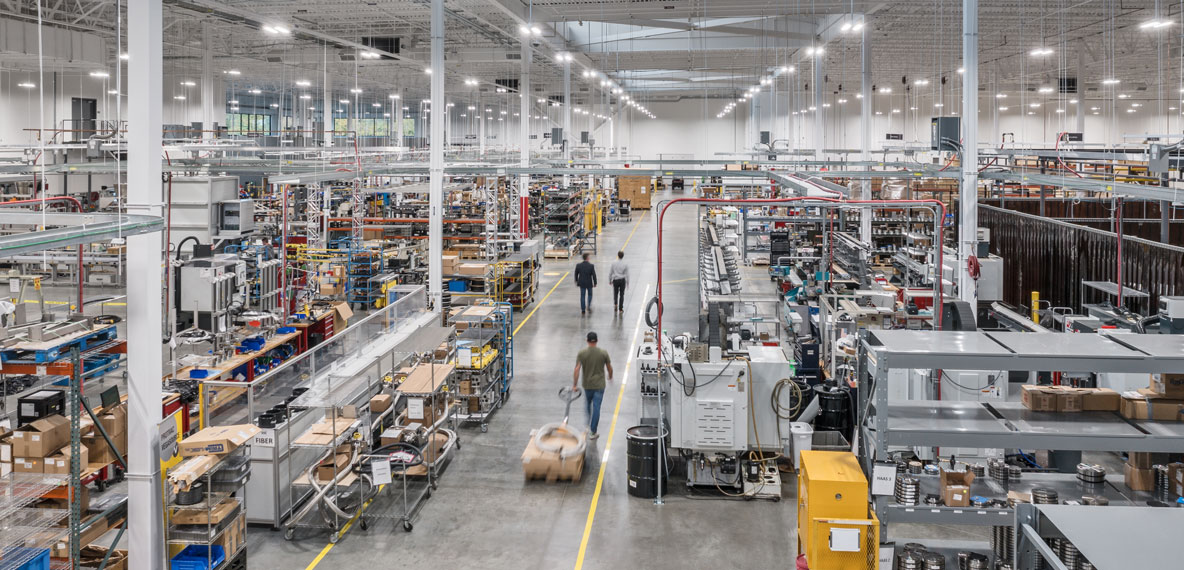
The Industrial Asset Management Council (IAMC) Spring Forum in Sacramento, CA, was an incredible opportunity for industry professionals to come together and explore the future of construction, manufacturing, and other related sectors. It was a chance to dive into the challenges we’re all facing—while also gaining valuable insights into how to build resilience, adapt to change, and lead effectively in this fast-evolving industry. Speakers like Jodie Poirier, James Robbins, and Zack Kass shared powerful perspectives that offered practical strategies to help us navigate the shifting landscape.
As highlighted in a recent McKinsey report, 70% of companies are preparing for significant strategic changes to stay ahead of anticipated disruptions. Staying proactive and adaptable is more important than ever. The forum really drove home the idea that we need to constantly reassess our approaches and be ready for what's coming next.
As I reflect on the event, here are a few key takeaways that stood out to me—insights I believe will shape our thinking about the future of industrial real estate.
Planning for the Future: Resilience at the Core
Planning for the future and building resilience in the face of uncertainty were key themes throughout the forum. Reflecting broader industry trends, the World Bank Group reports that firms that invest in infrastructural resilience see a $4 productivity benefit for every $1 invested. Jodie Poirier from Colliers emphasized the need for robust electrical infrastructure and strategic talent acquisition plans to maintain effective industrial operations.
For architecture and design professionals, addressing these challenges begins at a project’s inception. An integrated, forward-thinking approach to industrial facility design is essential for creating spaces that are adaptable and resilient. Project teams should collaborate closely with engineers to ensure that electrical infrastructure and technological systems are not only efficient but also future-ready. By incorporating sustainable design elements, such as renewable energy systems, energy-efficient technologies, and advanced grid solutions, designers can help future-proof facilities, ensuring they are adaptable to emerging needs.
In parallel, the focus on workplace design is becoming increasingly important in retaining top talent within the industrial sector. As I discussed in my article, “Crafting A Competitive Edge In Manufacturing With Worker-Friendly Environments,” transforming workspaces is critical for employee satisfaction and retention. Whether retrofitting existing spaces or creating new facilities, design strategies must consider the specific needs of the workforce in order to foster an environment that attracts, retains, and engages employees. Thoughtful design can be a key differentiator in competitive markets, creating spaces where workers feel valued, supported, and connected to their organization’s goals.
James Robbins reinforced these insights with his emphasis on motivational leadership and the importance of aligning teams with shared strategic goals. He pointed out that effective motivation is driven by recognizing the intrinsic needs of employees and helping them feel a sense of purpose and belonging within the organization. In this context, the design of the workplace plays a pivotal role; spaces that inspire collaboration and contribute to a culture of engagement can significantly enhance organizational resilience. By fostering a dynamic work environment, organizations can navigate change more effectively and strengthen their long-term adaptability.
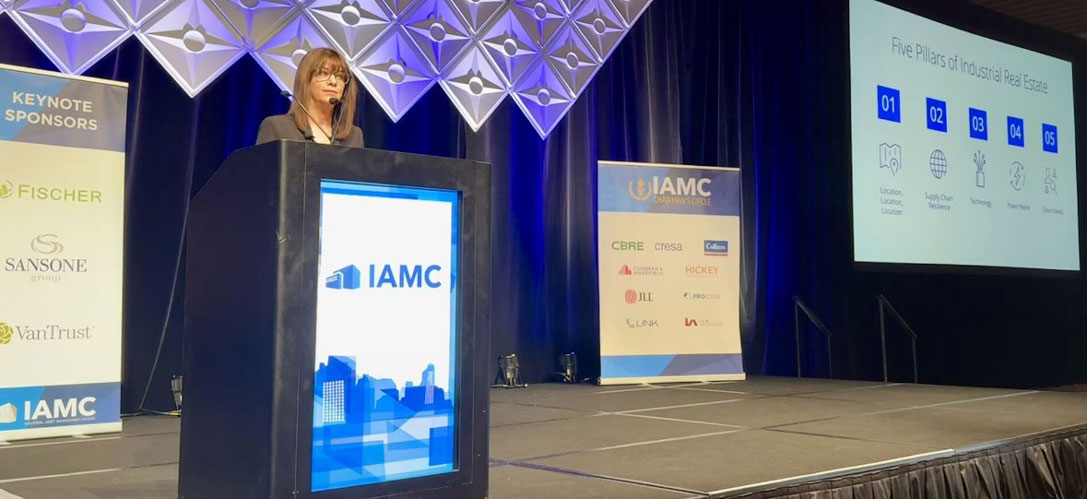
Jodie Poirier discussed leading through uncertainty, building strategies around the constants in our industry, and navigating change with confidence.
Consistency and Leadership in a VUCA World
In navigating a VUCA (Volatility, Uncertainty, Complexity, Ambiguity) world, organizations must not only rethink their strategic approaches but also recognize the pivotal role of building design in enhancing resilience and productivity. According to McKinsey’s research, implementing continuous improvement and agile strategies can significantly elevate productivity, demonstrating up to a 20% increase within two months due to efficient performance transparency and goal alignment. To support such agility, building designs need to be adaptable and conducive to dynamic working arrangements, allowing spaces to evolve in response to shifting organizational needs.
Zack Kass from ABC Management highlighted the intricate balance between technological advancements and human-centric values, an idea that resonates deeply in the context of building design. In this era of digital transformation, it is crucial that technology be integrated into designs in a way that enhances user experiences while preserving essential human elements. Modern building designs are increasingly incorporating automation and smart technologies to streamline operations and optimize the work environment. These innovations not only improve efficiency but also free up human resources for creative endeavors by transforming office spaces into hubs of innovation and collaboration.
Furthermore, the strategic deployment of advanced technologies such as AI and machine learning in building design equips organizations with tools to navigate uncertainties effectively. Smart buildings that utilize advanced analytics can predict and respond to environmental changes and energy needs, optimizing comfort and functionality for their occupants. Yet, while technology provides these capabilities, the essence of effective building design lies in its human-centric approach. Spaces that are thoughtfully designed to enhance human well-being and accommodate unique needs are essential for fostering a resilient organizational culture. By blending technology with empathetic design, buildings can become catalysts for growth and innovation, turning potential disruptions into opportunities for sustainable development and the realization of a harmonious future where human and technological capabilities are fully leveraged.
Preparing for Tomorrow’s Challenges
The IAMC Spring Forum highlighted the crucial need for future-focused planning, resilience, and adaptive leadership. This approach ensures organizations are prepared not only to face future challenges but also to leverage emerging opportunities, fostering sustainable growth and success across their sectors.
For industrial manufacturing professionals, the forum served as a catalyst for innovation, urging them to invest in infrastructure resilience, focus on consistent elements amidst change, and cultivate inspirational leadership.
Are you looking for a strategic partner to help build infrastructure resilience or assist with long-term facility planning? Complete our contact form today.
Author
Content Type
Date
April 07, 2025
Market
Practice
Topic
Innovation


